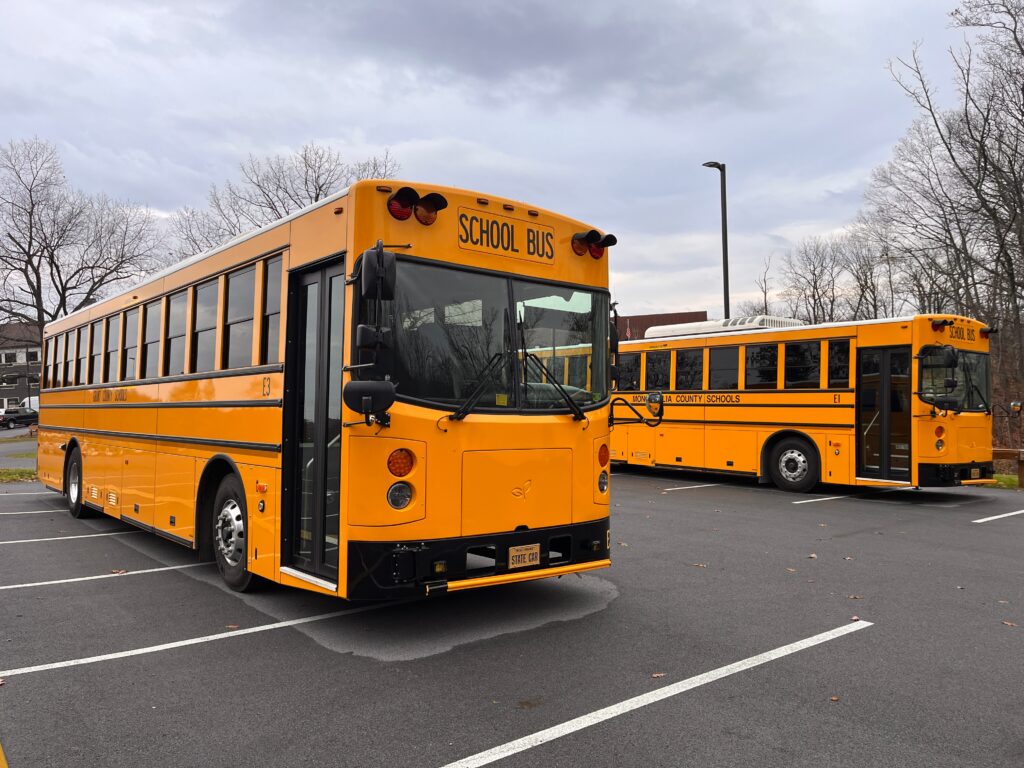Accidents and safety are subjects of paramount importance in our daily lives, impacting individuals, communities, and societies at large. Accidents can occur in various forms, from minor mishaps to catastrophic events, and they often result in physical, emotional, and financial consequences. This essay delves into the intricate relationship between accidents and safety, highlighting the significance of prevention and preparedness in safeguarding lives and well-being.
The Causes of Accidents
Accidents can arise from a multitude of causes, but they typically fall into several categories:
Human Factors: Human errors, negligence, distraction, and fatigue are common contributors to accidents. Poor decision-making, substance abuse, and recklessness can also lead to accidents.
Environmental Factors: Adverse weather conditions, natural disasters, and inadequate infrastructure can create hazardous situations that increase the likelihood of accidents.
Mechanical Failures: Equipment malfunctions, vehicle breakdowns, and structural defects can result in accidents, especially when proper maintenance is neglected.
Unsafe Practices: Failure to follow safety protocols, such as not wearing seatbelts, helmets, or personal protective equipment, can escalate the risks associated with various activities.
The Consequences of Accidents
Accidents can have far-reaching consequences on individuals, families, and society as a whole:
Physical Injury: Accidents can cause injuries ranging from minor cuts and bruises to severe disabilities and fatalities, affecting an individual’s quality of life.
Emotional Toll: Victims of accidents often experience trauma, anxiety, and depression, while witnesses may suffer from emotional distress.
Financial Burden: Medical bills, property damage, and lost wages due to accidents can lead to significant financial strain.
Societal Costs: Accidents place a burden on healthcare systems, emergency services, and insurance companies, impacting society’s overall well-being and economic stability.
Safety Measures and Prevention
Preventing accidents and promoting safety require a multi-faceted approach:
Education and Awareness: Public awareness campaigns and educational programs can inform individuals about the risks associated with various activities and encourage safe practices.
Regulation and Enforcement: Governments and regulatory bodies play a vital role in implementing safety standards and enforcing laws to deter unsafe behaviors.
Technology and Innovation: Advances in technology, such as safety features in vehicles and workplace automation, can reduce the likelihood of accidents.
Personal Responsibility: Each individual must take responsibility for their safety by making informed choices and adhering to safety guidelines.
Accidents are unfortunate events that can disrupt lives and communities, but they are not entirely unavoidable. Through proactive measures and a collective commitment to safety, we can significantly reduce the frequency and severity of accidents. Whether on the road, at work, or in our daily activities, prioritizing safety is a responsibility we all share. By doing so, we can create a safer world for ourselves and future generations.
Source:
Hemenway, Chad. “Commercial Auto up against Persistent Headwinds to Underwriting Profit.” Insurance Journal, 4 Oct. 2023, www.insurancejournal.com/news/national/2023/10/04/742791.htm.
LEGAL DISCLAIMER: The information provided in this communication is not intended to constitute legal advice and should not be construed as such. All information, content, and materials available in this communication are for general informational purposes only. Listeners, viewers, readers, users, browsers, or recipients of this communication are advised to consult with their attorney to obtain advice regarding any specific legal matter.
No listener, viewer, reader, user, browser, or recipient of this communication should make decisions or take actions solely based on the information contained herein without first seeking legal advice from qualified legal counsel in the relevant jurisdiction. It is important to note that individual circumstances can vary, and only your personal attorney can provide guidance on whether the information provided here is applicable or appropriate to your particular situation.
The views expressed in this communication are solely those of the individual creators in their individual capacities and do not represent the opinions of ASZ International, Inc. doing business as ASZ Associates. Any actions taken or refrained from, based on the contents of this communication, are undertaken at your own risk, and all liability with respect to such actions or inactions is hereby expressly disclaimed.
The content in this communication is provided “as is,” and no representations are made regarding its accuracy, completeness, or reliability. It is important to independently verify any information presented here and to consult legal professionals for advice tailored to your specific circumstances.


























































